Haga: Giro d'Italia is a step closer to being normal as a racer
American targeting time trials as he comes back from injury
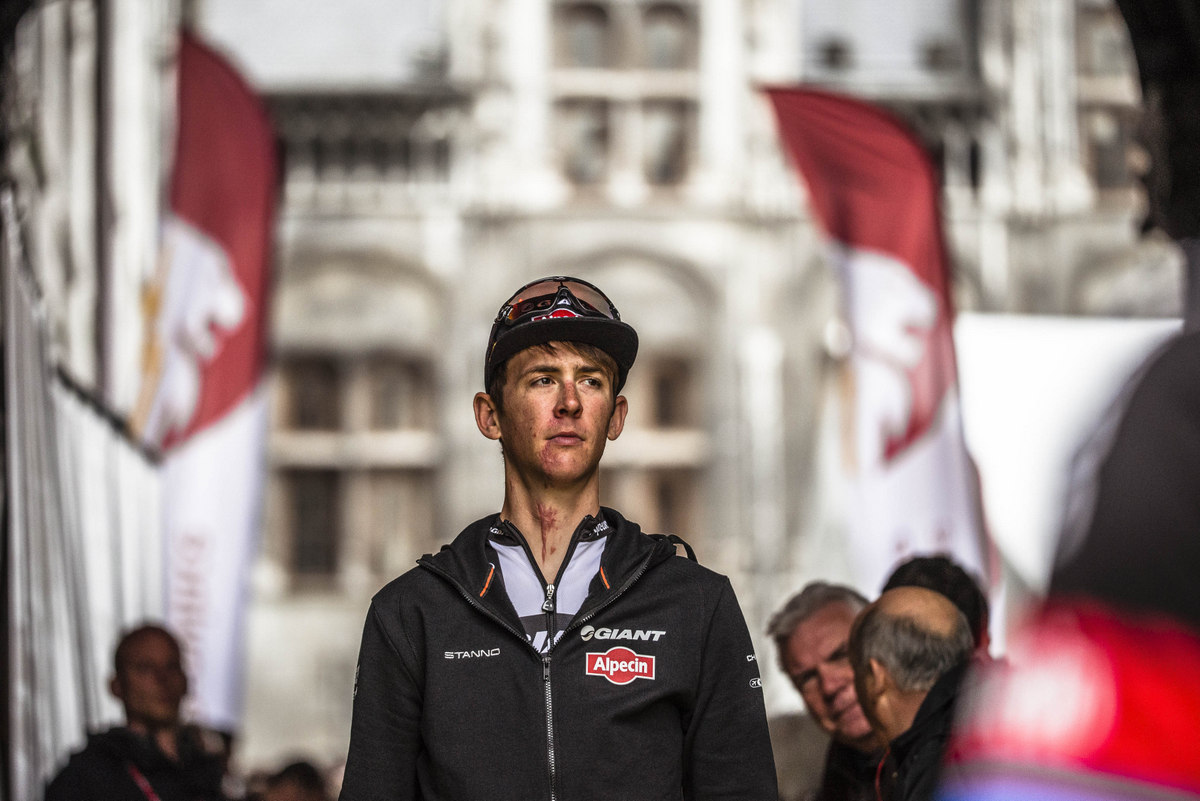
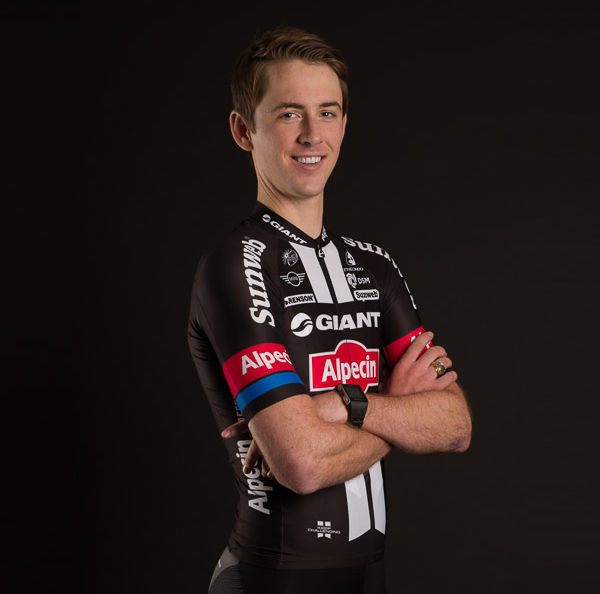
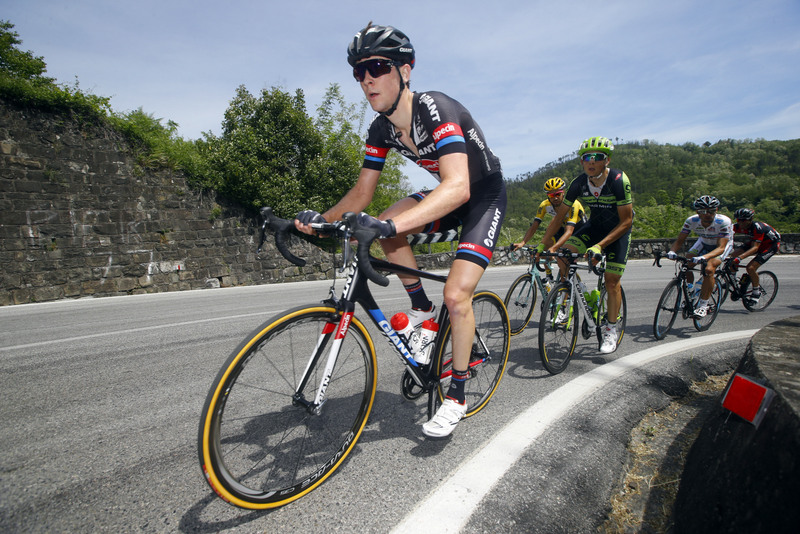
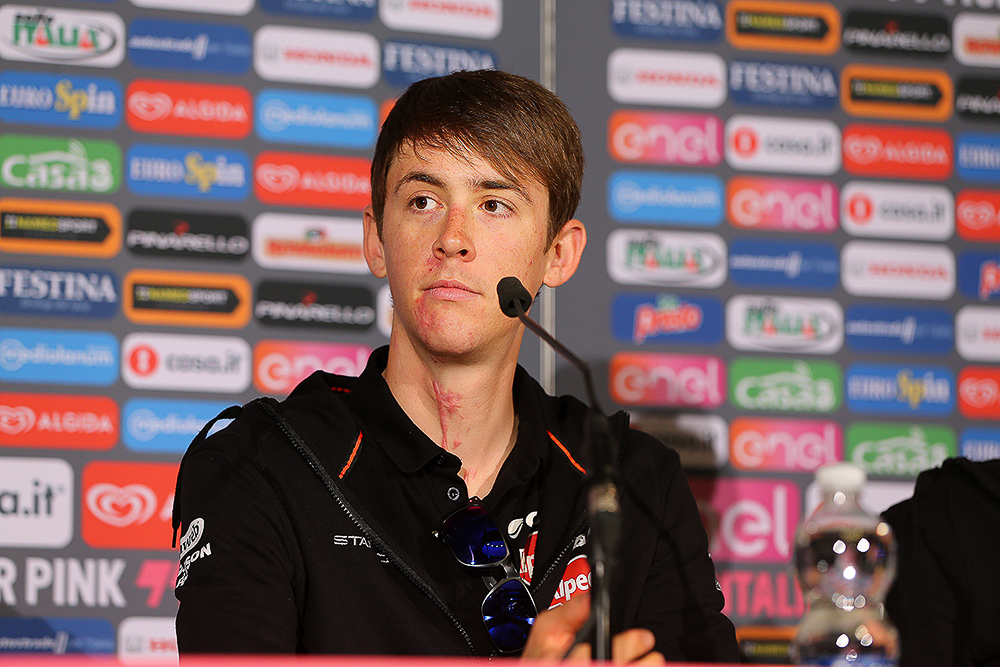
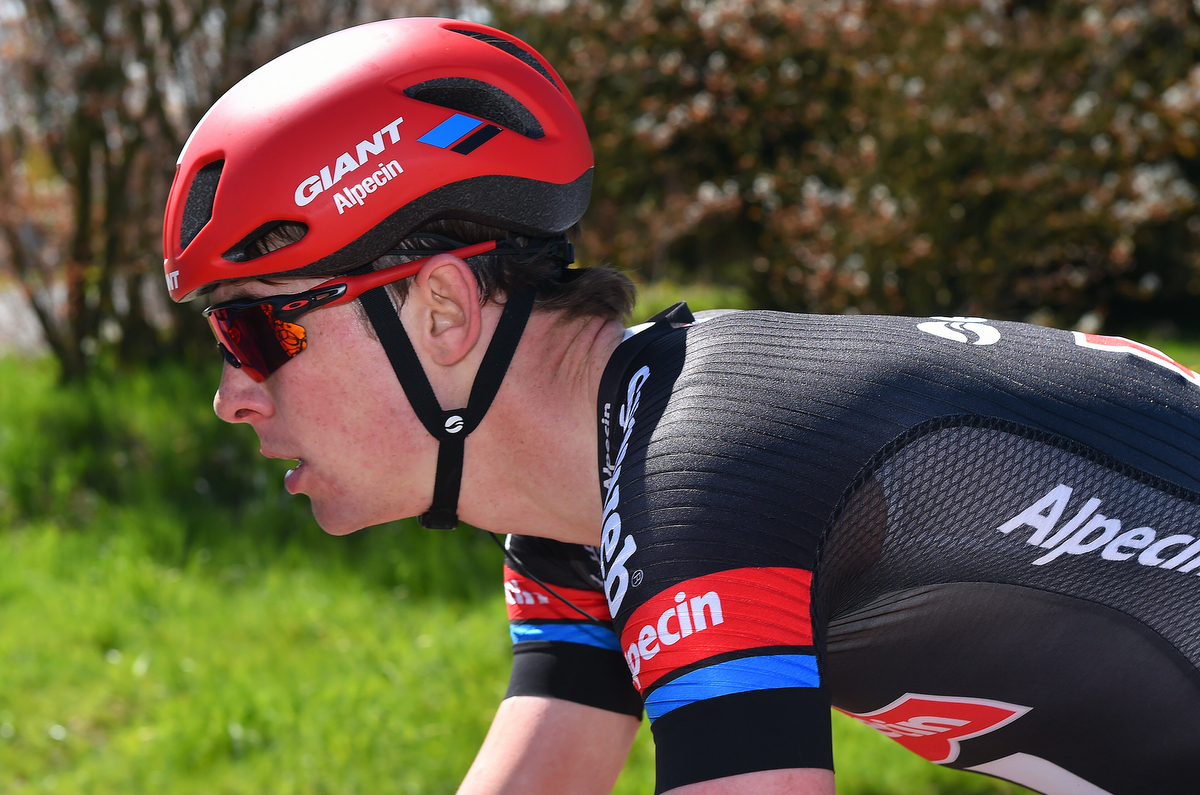
When Giant-Alpecin’s Chad Haga rolls down the start ramp in the Giro d’Italia opening time trial on Friday afternoon, the American won’t just be getting underway in one of cycling’s toughest races. For Haga, following his terrible crash this January, the 2016 Giro represents “one step closer to getting back to real normal as a rider.”
Very early this spring, Haga was one of the group of Giant-Alpecin riders out on a pre-season training ride that was struck by a car in southern Spain when she drove along the wrong side of the road - and into them. Five riders ended up in hospital, and in the unlikely case Haga needs a reminder of that crash, the scar running 97 stitches from his lower face down to his sternum constitutes the bleakest of reminders.
Physically, the recovery process was a long one. It took nearly three weeks before Haga could ride outside and the long-term effects of whiplash took a considerable toll on the Texan’s riding. He finally returned to racing in the Criterium International, placing a creditable 22nd overall in his maiden 2016 event, but the Giro d’Italia was, and is, his big target for the first half of the season. Furthermore, he had to overcome the mental challenges such a traumatic crash almost inevitably creates.
“It gets better at every stage but it seemed like at every race I was working on a different issue,” Haga tells Cyclingnews. “Whether it was holding a position in the bunch, descending in the bunch, then descending in the rain in the bunch, then descending in the snow in the bunch.… There are many facets to racing and each one needed working out.”
But having worked through each step mentally, this Friday Haga will be at the point where he is now back at the highest level of WorldTour stage racing. As he puts it “I’m happy to be racing, and even more so at the Giro d’Italia. I’m one step closer to getting back to real normal as a racer.
“This race was my one big goal at the start of the year, and so after the crash it became my big focus to get back to the point where I could race it again. I’m happy with my fitness at the moment and I’m still a little bit intimidated at the thought of three weeks of what I went through at [the Tour of ] Romandie last week.
“WorldTour is top level racing; it’s no joke. But I’ll take it one day at a time, and hopefully I can get through all of this having accomplished something.”
Get The Leadout Newsletter
The latest race content, interviews, features, reviews and expert buying guides, direct to your inbox!
Another American with a difficult comeback trail from injury has been Peter Stetina (Trek-Segafredo), who suffered a very bad crash last year in the Vuelta al País Vasco finish of stage one and who badly injured his right knee, fracturing his tibia and patella. But as Haga points out, each rider has their own recovery story to experience and they are almost always very different.
“I haven’t talked to Peter really about that. You’re more scared of what hit you. I’ve talked to Lawson Craddock about it because after his crash last year in the Tour Down Under” - where Craddock suffered a broken wrist, sternum and ribs after falling early on stage four - “he was scared of potholes in the road.
“I have a more broad fear of just being injured, not a specific one. Cars definitely set off a fear trigger for me now. All of us [in the group who crashed] are talking it through, we’re working through the issues.”
Looking for time trial success
The Giro d’Italia will offer therapy of a sort, albeit (though hopefully not) of the potentially ‘tough love’ kind, but there’s also the chance of success too. In Haga’s case, when not working for the team, he’ll be mainly focussing on the time trials. “I hope I can accomplish something in those, I managed the top 20 in last year’s time trial in the Giro, although that was an exceptional time trial, and I always am on the hunt for the breakaways,” he points out.
Of the three races against the clock in this year’s Giro, “The stage nine time trial is a good distance for me, it’s good territory. I’m very much the same sort of rider as Tom, but he’s just that step better than me in every way.” His goal there, he says, will be a podium finish, something he is hoping will turn the Olympic selection committee’s eye when it comes to weighing up a candidate for the time trial in Rio - although as he says realistically, “it’s a very long shot.”
He and Dumoulin discuss tactics and strategy, he says. “We talk about which sections you can go all out on where you need to hold it back, in the Romandie time trial we went back and forth over which line to take through a couple of corners and I can proudly say he changed his line on my recommendation. During and after the Giro opening time trial reconnaissance on Friday, “we’ll be comparing notes, we experience it on a bike the same way, so we can bounce ideas off each other’s if there’s a tricky corner or something.”
That kind of communication can be vital, given as Dumoulin pointed out, all the radio messages that he had hoped for to help guide him through the Tour’s prologue in Utrecht last year - the last time a Grand Tour visited the Netherlands and the last time he was a favourite, too - were blotted out by the noise from the crowds. As Haga points out somewhat wryly, “If you can’t hear anything you have to hope the radio’s not too important. When things go sideways and you can’t hear, that’s why we have our own mental notes; that’s what we end up relying on.”
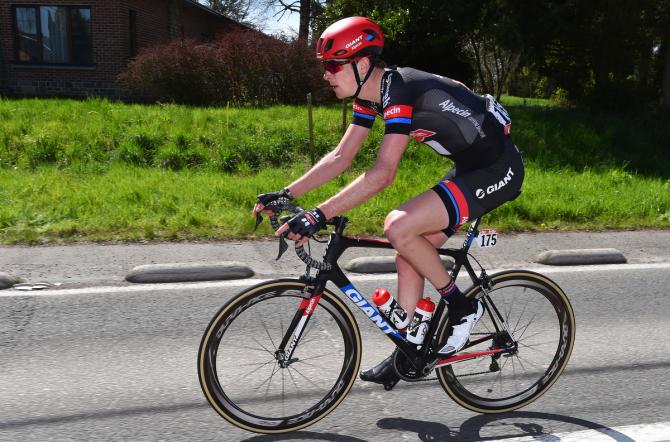
Giant’s Giro d’Italia focus will not just be on Dumoulin, in any case. The team also have Nikias Arndt for the bunch sprints - “he’s not a heavy favourite, but he showed he’s got good form in the Tour de Yorkshire” - and Haga and the rest of the team will of course, when the moment comes, also be going for breaks themselves.
The first focus in the time trial on Friday in Apeldoorn and Haga will be hoping for a steadier start than in his last race opening time trial in Romandie when he crashed on the starting ramp of the prologue. “
It had been raining all day and the start ramp was still drying out and I was excited and set off a bit too briskly,” he recounts. “So the tyre spun and my knee hit the bars and it’s a bit hard to maintain control.”
While the Giro itself represents a big step forward, Haga says that communicating to the general public back home in Texas what he will be doing for the next three weeks may be a little more difficult - given how thin on the ground professional bike racers are in the Lone Star State.
It’s a work in progress, he says with a slight grin. “You say you’re doing the Giro d’Italia and they say ‘what’s that?’ and you say that’s the Tour de France for Italy, that’s how you have to phrase it but it doesn’t really register.”
The idea of being a bike rider is not one that is very familiar either, he recognises, ’To most people there we’re just tall skinny guys…’what do you do?’ [they ask]’I race bikes’ ‘But what’s your job?’.” For Haga Friday and the Giro d’Italia, in any case, may just help place another brick in that particular work in progress.
To subscribe to the Cyclingnews Podcast, please click here.
Alasdair Fotheringham has been reporting on cycling since 1991. He has covered every Tour de France since 1992 bar one, as well as numerous other bike races of all shapes and sizes, ranging from the Olympic Games in 2008 to the now sadly defunct Subida a Urkiola hill climb in Spain. As well as working for Cyclingnews, he has also written for The Independent, The Guardian, ProCycling, The Express and Reuters.
